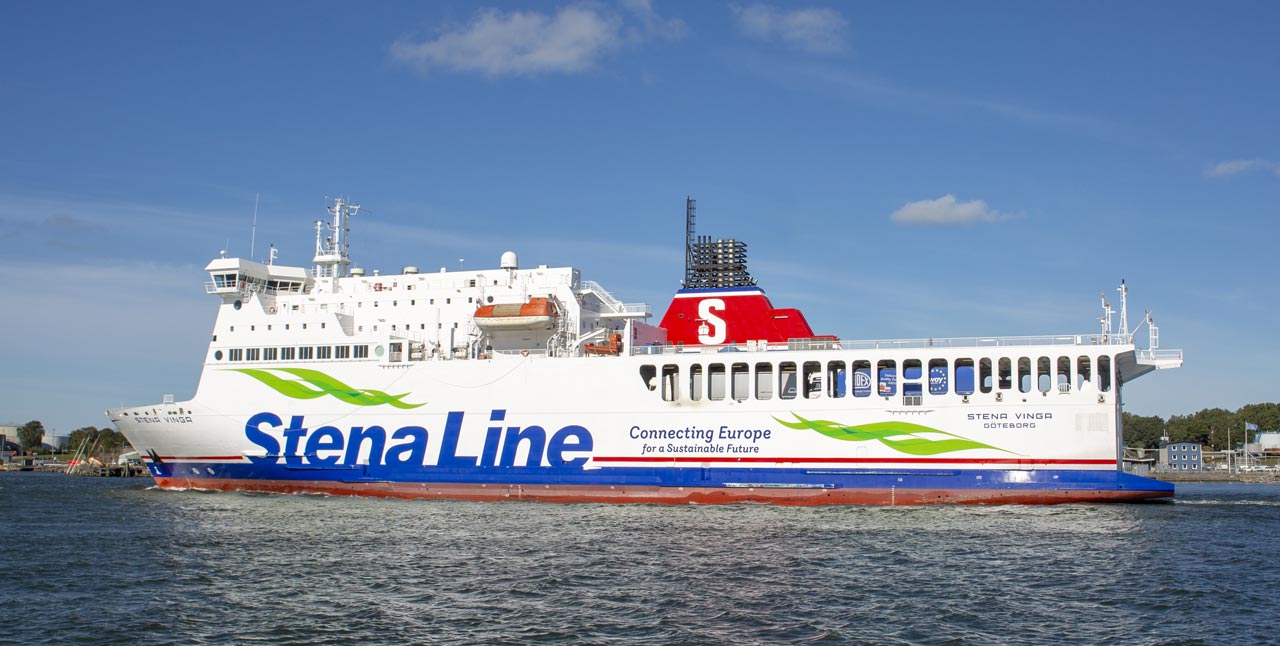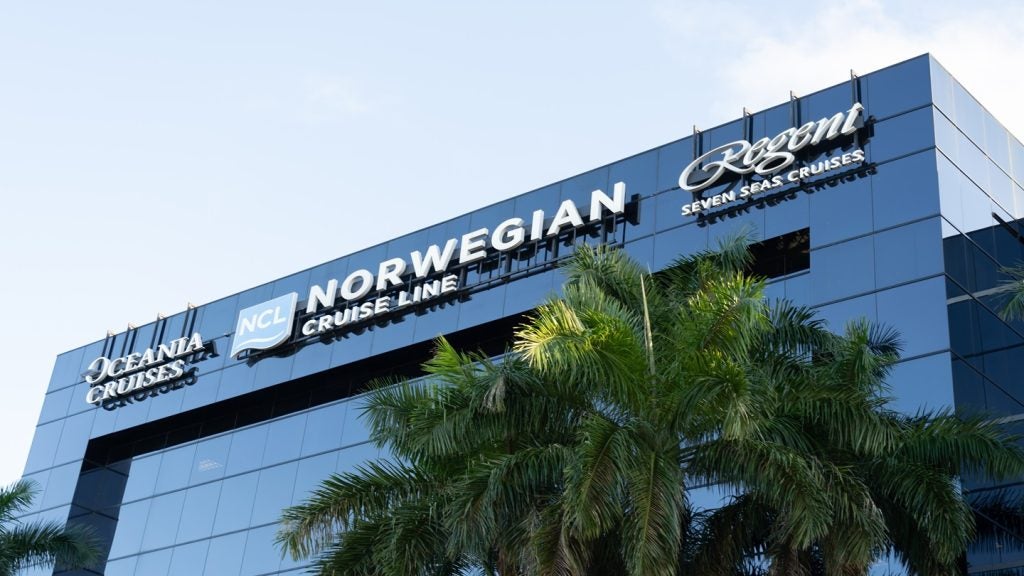
The maritime sector is currently facing many challenges, such as increasing numbers of collisions as ship numbers increase, increasingly stringent environmental requirements and a skills shortage. The Prepare Ships project – which utilises machine learning to make predictions about vessel routes – was launched to reduce collisions and enable more efficient navigation.
The Prepare Ships project was developed by Research Institutes of Sweden (RISE) along with support from Norway-based Telko, Sweden-based SAAB Germany-based ANAVS, and Stena Line.
Senior project manager for shipping and offshore renewables at RISE Johannes Hüffmeier tells us how combining machine learning, IoT, and port information will lead to smart voyage optimisation in real-time, therefore reducing fuel consumption, emissions and accidents.
Varsha Saraogi (VS): Why was the Prepare Ships project developed?
Johannes Hüffmeier (JH): One of the motivations was that it’s hard to recruit competent personnel. This has been a trend for a long time. So providing smarter solutions is the way forward to ensure increased safety.
The focus for the project is on providing better decision support for shipping in order to increase navigation and safety by using technology.
How well do you really know your competitors?
Access the most comprehensive Company Profiles on the market, powered by GlobalData. Save hours of research. Gain competitive edge.

Thank you!
Your download email will arrive shortly
Not ready to buy yet? Download a free sample
We are confident about the unique quality of our Company Profiles. However, we want you to make the most beneficial decision for your business, so we offer a free sample that you can download by submitting the below form
By GlobalDataOne of the main causes of ship collisions today is lack of awareness of the position of other vessels. By being able to predict future positions for vessels in the vicinity through machine learning and exchange these dynamic predictions with the vessels nearby, smarter decisions can be made.
In addition to reducing the risk of collisions, this project allows for more energy-efficient manoeuvring of the vessels, which contributes to reduced environmental impact.
VS: How is machine learning being used in the project?
JH: Since it’s difficult to recruit people to work on ships, shipowners must utilise smart navigation for autonomous functions. Machine learning can be adopted for e-navigation to reduce the administrative burden on teams, enabling officers to increase their focus on safe navigation.
We are making use of Galileo and other positioning systems to get accurate positions of how vessels move. We save that data and share that with other sensor signals. So data concerning issues such as ‘what is the wind currently’ will be collected and will help us learn the hydrodynamic model of the ship.
We then will use machine learning algorithms to assess how the vessel acts in different load conditions. So, once you know how the vessel moves, you’re able to make predictions about the vessel’s movements under certain circumstances.
Ship companies can make use of that information and can then share that with the vessels in the vicinity, as well as with a VTS [vessel traffic service]. As a result, that will reduce collisions, and it will make their own manoeuvring more environmentally friendly because they would be more aware of the future motions of the ship.
VS: What sets the Prepare Ships project apart?
JH: A significant number of marine accidents are caused due to human error, and we aim to leverage modern technologies to tackle the issue of increasing collisions through smart navigation.
In the future, more information, such as port arrival data, could be seamlessly incorporated into voyage plans. Based on a recommended time of arrival, Prepare Ships will be able to dynamically adjust the route and speed of a vessel.
The technology will use accurate route information to optimise voyages in smarter ways, so shipowners can lower carbon emissions and reduce fuel consumption without impacting navigation safety.
The project uses digitally optimised routes that take into account factors such as real-time weather conditions and tidal patterns and this can deliver better efficiency in ship operation.
VS: What challenges did you face while developing this technology?
JH: The main challenge was the integration of different technologies together and to devise the overall project objectives.
When you are dealing with interfaces between different systems, it’s a challenge to have a smooth and reliable system.
VS: Has the technology been tested yet?
JH: Currently, the technology has been tried in a ship simulator. That gave us a simplified impression of how the technology can be used in vessels. We will be trialling it on actual ships this December.
VS: What are the future plans for the project?
JH: This project will run for two years. We are working on other projects as well such as the Sea Traffic Management project run by the Swedish Maritime Administration.
We will be looking at investing more effort into being more energy-efficient. So in the long-run, this project will work more towards better ship performance.
In terms of technology, we’re already seeing more and more businesses utilising machine learning. The trend is going to continue, we will have more and more data which we can make use of to make predictions.







